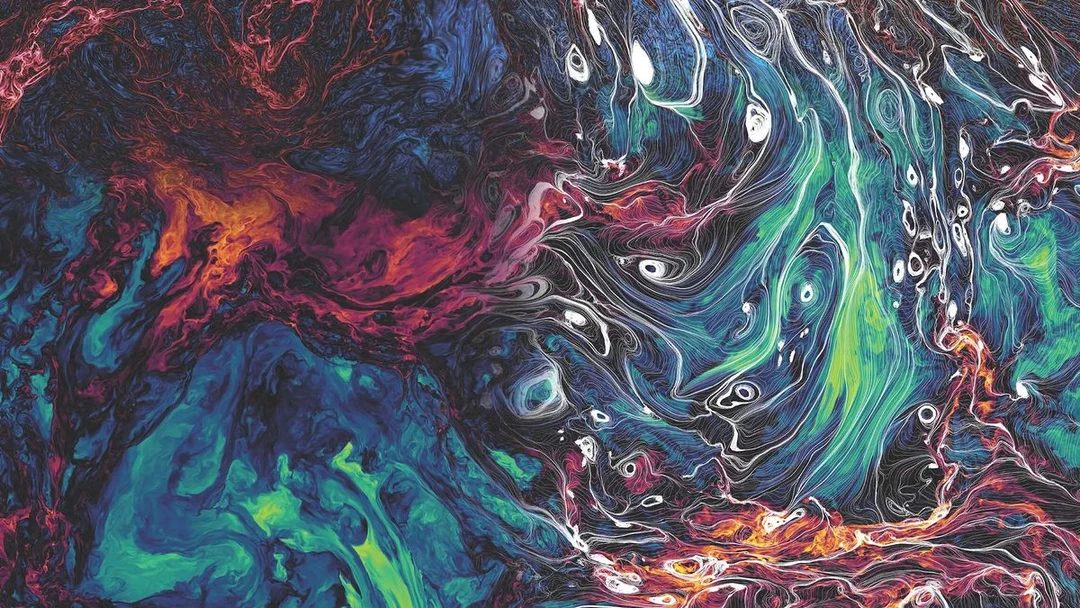
Cosmic Swirls: Supercomputer Reveals Stunning Details of Galactic Turbulence and Magnetic Fields
A mesmerizing new simulation, powered by the world's most powerful supercomputer, is offering unprecedented insights into the turbulent universe between stars. This isn't just a pretty picture; it's a groundbreaking study that could reshape our understanding of star formation, galactic dynamics, and even space weather. The simulation, unveiled in a paper published in Nature Astronomy, visualizes the interstellar medium – the gas and charged particles swirling between stars – in stunning detail, revealing the intricate dance between turbulence and magnetic fields.

James Beattie, an astrophysicist at the University of Toronto and Princeton University, and lead author of the study, emphasized the significance of this achievement: "This is the first time we can study these phenomena at this level of precision and at these different scales."
The key to unlocking this cosmic artwork lies in the sheer computational power of Germany's SuperMUC-NG supercomputer. This allowed researchers to create a scalable model capable of simulating everything from the vast magnetic fields of our galaxy to localized turbulent processes like the solar wind.
Unlike previous models, this new simulation dynamically replicates the interplay between magnetic fields and interstellar ions, revealing how these fields shape galaxies and influence star birth. As Beattie explained, magnetic pressure can counteract gravity, potentially preventing star formation. This simulation allows researchers to investigate this process with unprecedented accuracy.
The importance of this research extends beyond theoretical astrophysics. A deeper understanding of turbulence is crucial for improving space weather predictions, safeguarding satellites and astronauts from harmful charged particles. As Amitava Bhattacharjee, a co-author of the study, highlights, understanding the plasma environment around space missions is paramount to their safety. The findings shed light on the acceleration of highly energetic particles, which can damage sensitive instruments and pose serious risks.

Furthermore, the team is already testing the model against existing data from the solar wind and Earth's magnetic field, with very promising results. Future plans involve creating even higher resolution models and comparing them with data from powerful new observatories like the Square Kilometre Array.
Beattie draws a fascinating parallel, noting that turbulence research looks remarkably similar whether studying plasma between galaxies or the swirling milk in a cup of coffee. He even connects it to Van Gogh's "The Starry Night," suggesting the artist intuitively captured the dynamism of the sky.
These simulations not only provide visually stunning representations of the cosmos, they also offer tangible benefits for space exploration and our understanding of the universe. Will these insights lead to breakthroughs in predicting space weather and protecting future missions? What other hidden patterns might be revealed as we push the limits of computational power and observational technology? Share your thoughts in the comments below!